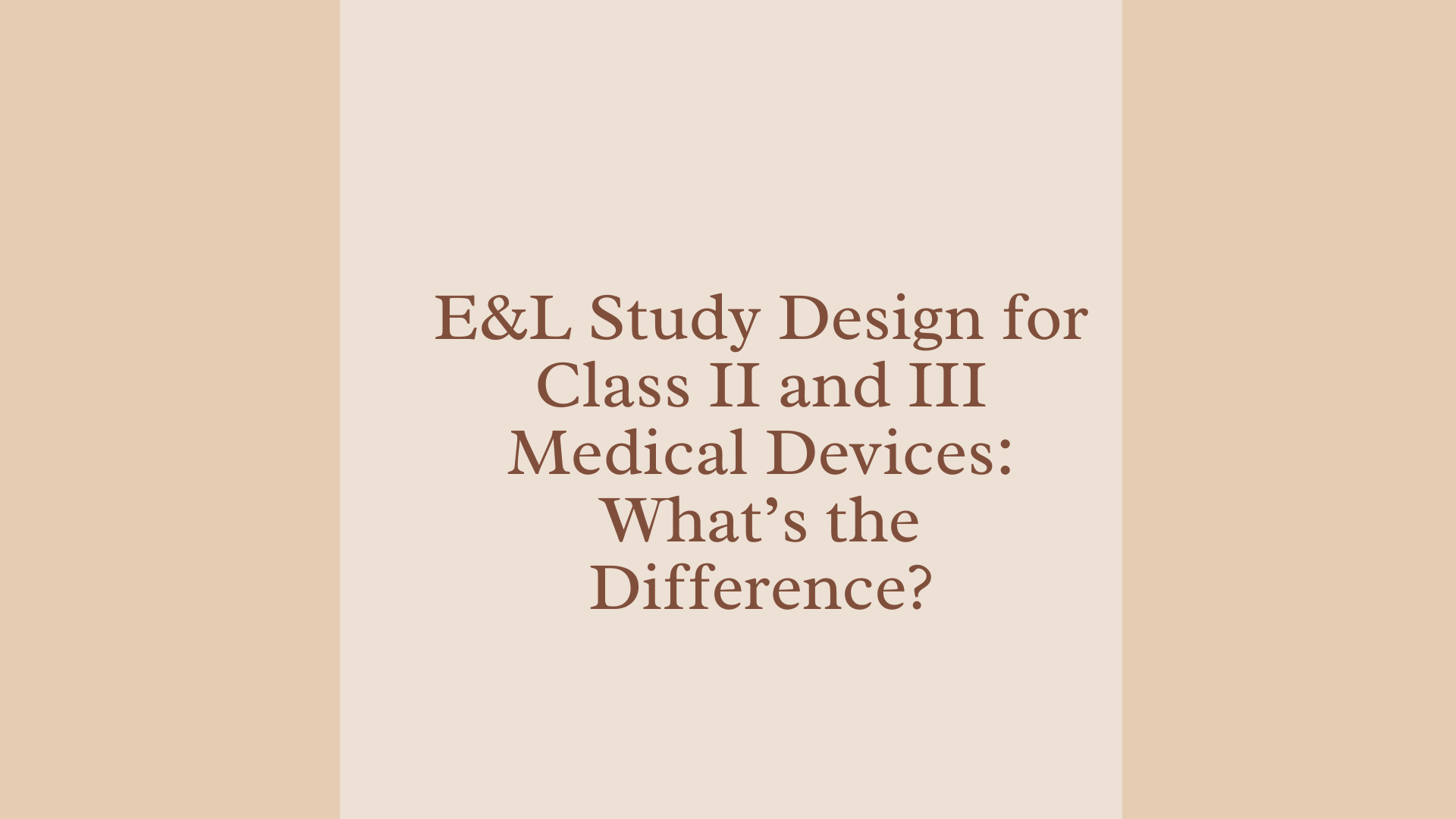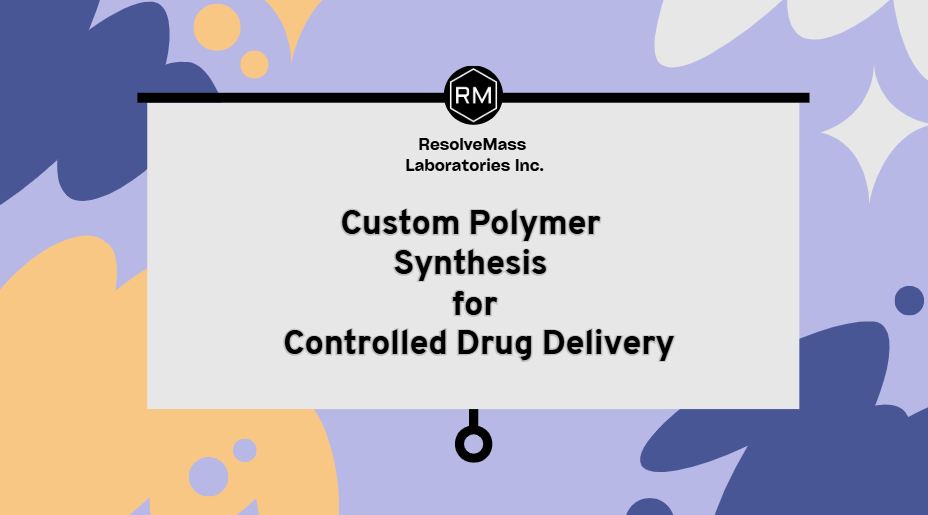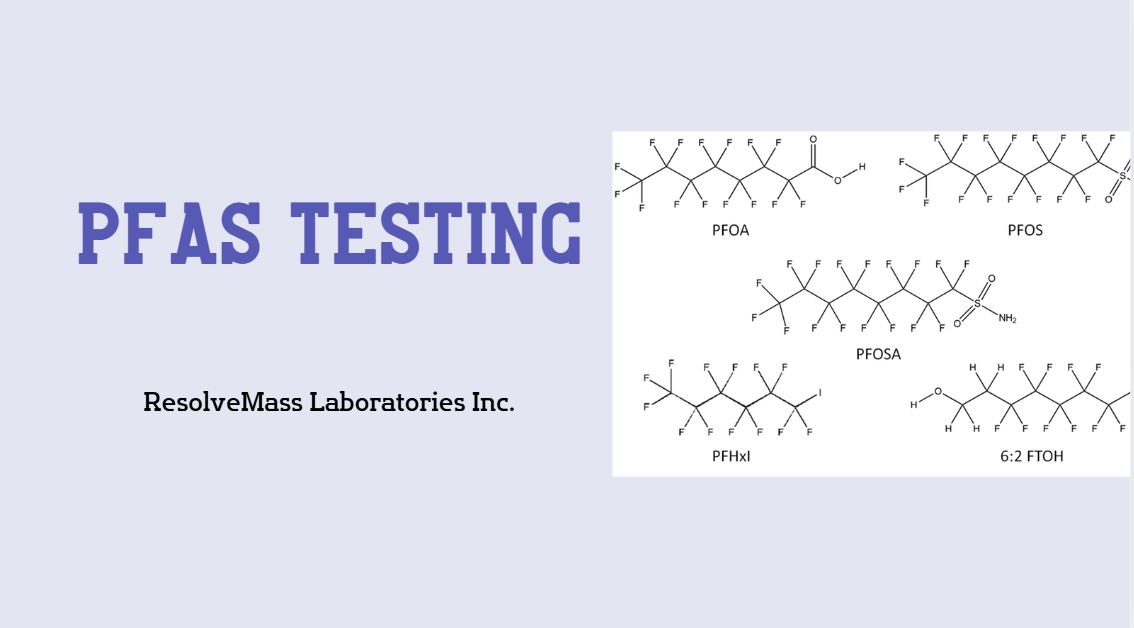✅ Key Takeaways
- E&L Study for Medical Devices is critical to ensure patient safety and meet regulatory standards.
- Class II and III medical devices need different E&L approaches due to varying levels of risk.
- Study design depends on materials, usage time, and how the device interacts with the body.
- Class III devices need deeper testing and a complete toxicology review.
- Working with an expert like ResolveMass Laboratories ensures your study meets FDA, ISO 10993, and USP guidelines.
Why E&L Study for Medical Devices Is More Important Than Ever
An E&L Study for Medical Devices isn’t just about ticking off a checklist. It plays a vital role in protecting patients and ensuring devices perform safely. As newer devices use more complex materials, the risks from chemical leachables become higher. This is especially true for Class II and III medical devices, which are used for longer periods or have closer contact with the body. Designing a solid E&L plan based on device class helps meet global health and safety standards.
Ignoring E&L risks can lead to regulatory delays, costly redesigns, or worse—patient harm. That’s why a properly designed E&L study not only helps you stay compliant but also builds confidence in your product’s safety and performance across international markets.
📊 Understanding Device Classes in Relation to E&L Study
| Device Class | Risk Level | Common Examples | E&L Study Requirements |
|---|---|---|---|
| Class I | Low | Bandages, gloves | Basic biocompatibility, minimal E&L needs |
| Class II | Moderate | Catheters, cuffs | Structured E&L study for usage duration |
| Class III | High | Pacemakers, heart valves | Full E&L testing and detailed risk review |
The classification of a device determines how deep your E&L study needs to go. Class II devices need a structured review, especially if they’re used for longer periods. Class III devices, because they are life-supporting, require full-scale testing and toxicology assessment.
🔬 E&L Study for Class II Medical Devices: A Practical Risk-Based Approach
For Class II medical devices, the E&L study is based on how and where the device is used. The aim is to identify potential risks without overcomplicating the process.
Key Steps:
- Material Review: Every material that comes in contact with the body is evaluated. This includes tubing, adhesives, or coatings. Even small components, like seals or valves, can release harmful substances. A full material list helps create a complete E&L testing plan.
- Extraction Testing: Tests are done under harsh conditions, as suggested by ISO 10993-18, to simulate worst-case scenarios. These conditions help identify chemicals that may not appear during normal use but still pose risks. It’s an essential part of a reliable E&L Study for Medical Devices.
- Advanced Detection Methods: Techniques like GC-MS, LC-MS, and ICP-MS help identify and measure any extracted compounds. These tools can detect both known and unknown substances, even in very small amounts. Choosing the right method depends on the device materials and intended use.
- Toxicological Review: Safety checks follow set thresholds (TTC and AET) to decide which compounds need further study. If any chemical exceeds these limits, a full toxicology report is required. This ensures that all extractables and leachables are safe for patient exposure.
This balanced method keeps timelines short while still focusing on patient safety.
🔗 Related Services:
- Custom E&L Testing for Class II Devices
- Cost of Extractables and Leachables Testing
- E&L Testing FAQs
🧪 E&L Study for Class III Medical Devices: Deep Testing for High-Risk Use
When it comes to Class III medical devices, the E&L study becomes far more detailed. These devices usually stay in the body longer and interact with critical systems.
Key Elements:
- Harsh Extraction Conditions: Studies use strong conditions like high temperatures and solvents to imitate long-term use.
- Wide Chemical Screening: Not just known chemicals—advanced tools scan for unknown ones too.
- Leachables Testing: Real-time and accelerated tests are done to check what actually leaches during device use.
- Full Toxicological Risk Assessment: Each detected chemical is checked for serious risks like cancer, immune reactions, or long-term harm.
This in-depth process ensures that even small traces of harmful chemicals are found and evaluated.
🔗 Explore:
- E&L Testing and Patient Safety
- USP Extractables & Leachables Standards
- E&L Testing Services Overview
Class II vs. Class III E&L Study for Medical Devices: What Sets Them Apart?
| Parameter | Class II Devices | Class III Devices |
|---|---|---|
| Device Risk | Moderate | High |
| Study Complexity | Moderate to advanced | Highly detailed and complete |
| Testing Conditions | Simulated and accelerated | Real-use plus extreme conditions |
| Toxicology Focus | Threshold-based (TTC, AET) | Full toxicology covering all endpoints |
| Regulatory Path | 510(k), Technical File | PMA, EU MDR Annex I |
| Duration of Study | Short to medium term | Long-term and real-time studies |
| Analytical Sensitivity | Standard thresholds | Very low detection thresholds required |
Understanding these differences helps in planning the right E&L strategy and meeting regulatory goals.
Why Choose ResolveMass for Your E&L Study for Medical Devices?
ResolveMass Laboratories is a trusted name when it comes to E&L Study for Medical Devices, especially for Class II and III categories.
What Makes ResolveMass Stand Out?
- ISO 17025 Accredited Lab: Ensures data is accurate and accepted globally.
- Global Regulatory Experience: Helps clients meet FDA, EU MDR, Health Canada, and more.
- Expert Team: In-house toxicologists guide the study with scientific accuracy.
- Custom Study Plans: Each device gets a tailored plan based on class and use case.
- Fast Turnaround: Class II studies take 6–10 weeks, and Class III takes 10–16 weeks.
- Clear Reporting: Easy-to-understand results that are ready for audit or submission.
With ResolveMass, you’re not just getting a test—you’re getting a full partnership in bringing safe, compliant products to market.
🔗 Learn more:
- E&L Testing for Medical Devices
- CRO for E&L Testing of Medical Devices
- Extractables & Leachables Testing Services
📌 Final Thoughts: Match Your E&L Study with Device Class
Choosing the right E&L study approach depends on the medical device classification. Class II devices usually need a solid but practical plan. For Class III devices, a more intense and longer study is essential due to higher risks. A qualified partner like ResolveMass Laboratories can help you carry out your E&L Study for Medical Devices efficiently, aligning with ISO, FDA, USP, and global requirements while putting patient safety first.
Investing in the right study design early on can save time, reduce costly rework, and ensure smoother regulatory approvals. With the right expertise and tools, your device can confidently enter the market with a strong safety profile and full compliance.
🔗 Need Help? Contact ResolveMass Laboratories
Frequently Asked Questions About E&L Study for Medical Devices
Class 2 and Class 3 medical devices are types of medical tools based on how risky they are to use. Class 2 devices have moderate risk and need special controls to ensure safety. Class 3 devices are high-risk and are usually used to support or sustain life, so they require more testing and strict approval.
Most Class II devices do not need full clinical trials. Instead, they often go through performance testing and must show they are similar to a legally approved device. However, in some special cases, limited clinical data may still be needed.
Class II devices usually go through the 510(k) submission process. This means the maker must prove the device is safe and performs like another approved device. The FDA reviews the submission and gives clearance if everything meets their standards.
A Category or Class 3 medical device is a high-risk product, often used for life-saving or life-supporting purposes. These devices go inside the body or stay in the body for a long time. Because of the risk, they must go through strong testing and full FDA approval before use.
Class II includes tools that have more risk than basic devices but are still not life-supporting. Examples are blood pressure monitors, contact lenses, or catheters. These devices need extra controls and testing to ensure safety and performance.
Class III medical devices need to go through the PMA (Premarket Approval) process. This is the strictest FDA process, where the device must be proven safe and effective through lab studies and often clinical trials. The FDA does a full review before giving approval.
Examples of Class III devices include pacemakers, heart valves, implantable defibrillators, and some types of breast implants. These are high-risk devices that usually stay in the body or are used to support life functions.
A common example of a Class II device is a catheter. Other examples include surgical gloves, blood pressure cuffs, and dental handpieces. These tools are safe with proper use but still need more controls than low-risk devices.
The main difference is the level of risk. Class 2 devices have moderate risk and need special controls, but not full clinical trials. Class 3 devices have high risk, are often life-supporting, and must go through detailed testing, including PMA approval and clinical studies.


